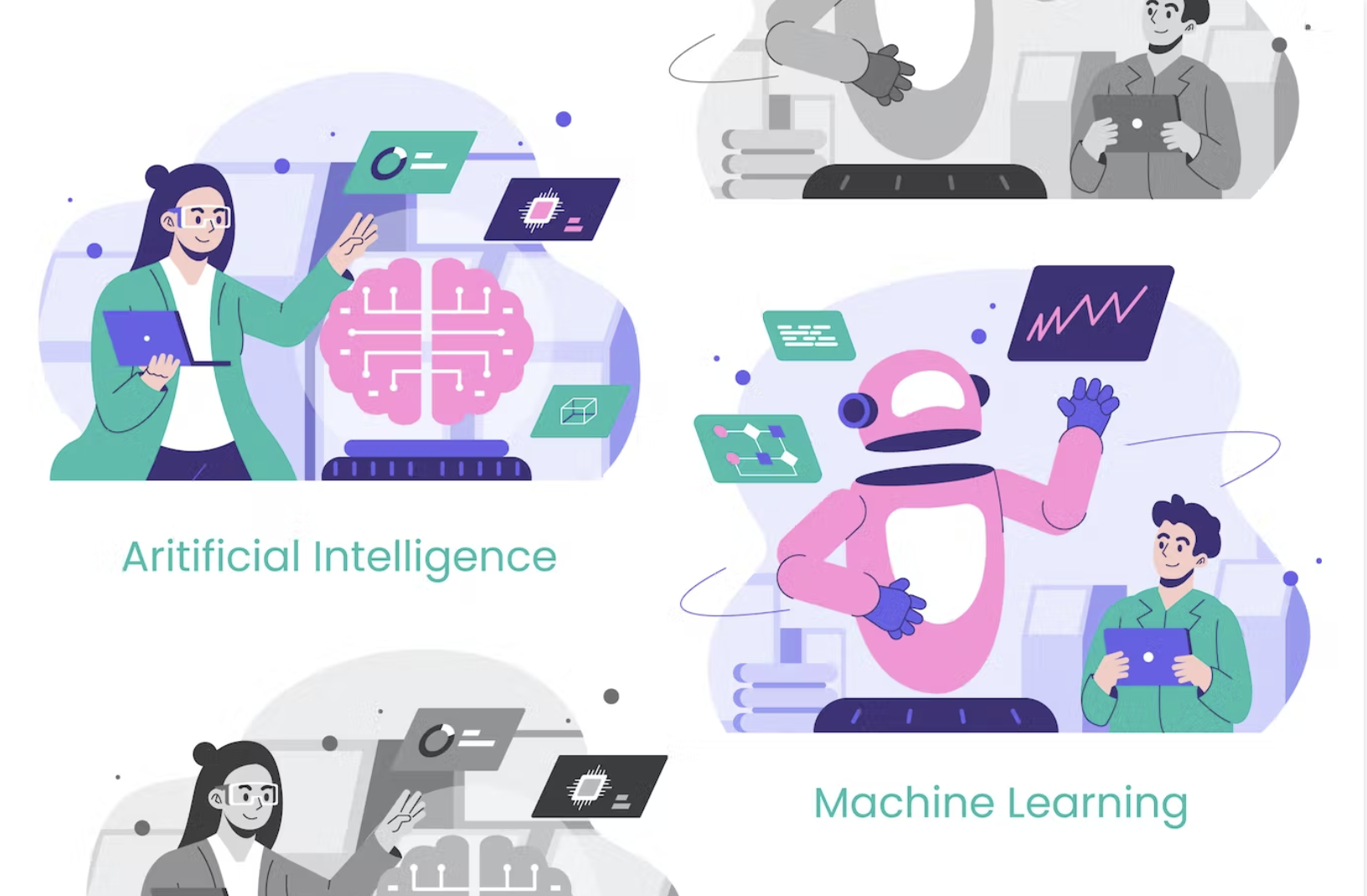In 2023, the recommended length for a cover letter is still around one page. Ideally, your cover letter should be between 250 to 400 words. This length allows you to provide a concise and focused overview of your skills, experiences, and qualifications without overwhelming the reader or taking up too much of their time. Remember to tailor your cover letter to the specific job you are applying for and highlight the most relevant aspects of your background to demonstrate your fit for the position.
Here are examples of cover letters for 3 job sectors. Remember to customize each cover letter according to the specific job description and requirements.
- Information Technology (IT) – Software Developer: [Your Name] [Your Address] [City, State, ZIP Code] [Your Email Address] [Today’s Date]
[Recipient’s Name] [Recipient’s Job Title] [Company Name] [Company Address] [City, State, ZIP Code]
Dear [Recipient’s Name],
I am writing to express my interest in the Software Developer position at [Company Name] as advertised on [Job Portal]. With a Bachelor’s degree in Computer Science and 3 years of experience in software development, I am confident in my ability to contribute to the innovative projects at [Company Name].
In my previous role at [Previous Company], I was responsible for developing and maintaining web applications using Java, Spring Boot, and Angular. I also collaborated with cross-functional teams to implement agile methodologies, resulting in a 20% increase in project delivery efficiency.
I am eager to bring my strong problem-solving skills and passion for software development to [Company Name]. Thank you for considering my application. I look forward to the opportunity to discuss my qualifications further.
Sincerely, [Your Name]
- Marketing – Digital Marketing Specialist: [Your Name] [Your Address] [City, State, ZIP Code] [Your Email Address] [Today’s Date]
[Recipient’s Name] [Recipient’s Job Title] [Company Name] [Company Address] [City, State, ZIP Code]
Dear [Recipient’s Name],
As a results-driven digital marketing professional with 5 years of experience, I am excited to apply for the Digital Marketing Specialist position at [Company Name] that I saw on [Job Portal]. My expertise in SEO, content creation, and social media management aligns with the requirements outlined in the job description.
In my recent role at [Previous Company], I managed a $50,000 annual digital marketing budget and executed campaigns that increased website traffic by 30% and generated a 25% increase in lead conversions. I am also Google Ads certified and experienced in using tools like Google Analytics and SEMrush to analyze and optimize campaign performance.
I am eager to contribute to the growth and success of [Company Name] by applying my digital marketing skills and experience. Thank you for considering my application. I look forward to discussing my qualifications further.
Sincerely, [Your Name]
- Healthcare – Registered Nurse: [Your Name] [Your Address] [City, State, ZIP Code] [Your Email Address] [Today’s Date]
[Recipient’s Name] [Recipient’s Job Title] [Company Name] [Company Address] [City, State, ZIP Code]
Dear [Recipient’s Name],
I am writing to express my interest in the Registered Nurse position at [Company Name] posted on [Job Portal]. As a compassionate and dedicated nursing professional with a Bachelor of Science in Nursing and 4 years of experience in acute care settings, I am confident in my ability to provide exceptional patient care at [Company Name].
In my previous role at [Previous Company], I consistently maintained a high standard of care while managing a diverse caseload, including patients with complex medical needs. I am skilled in administering medications, developing care plans, and collaborating with interdisciplinary teams to ensure optimal patient outcomes.
I would be honored to join the dedicated healthcare team at [Company Name] and contribute to the well-being of the patients in your care. Thank you for considering my application. I look forward to discussing my qualifications further.
Sincerely, [Your Name]














